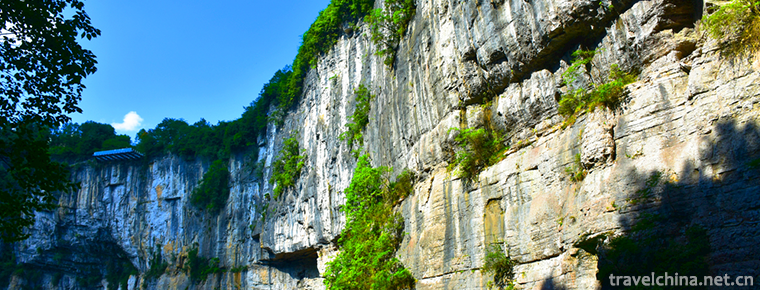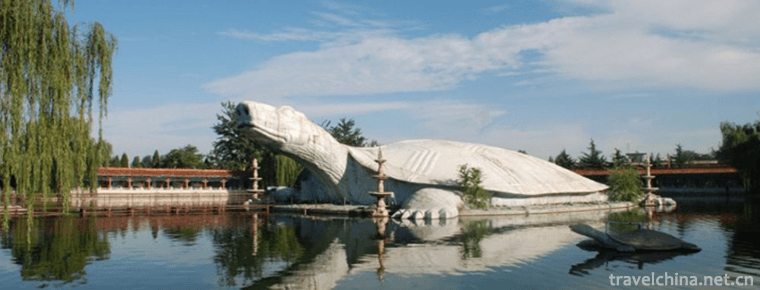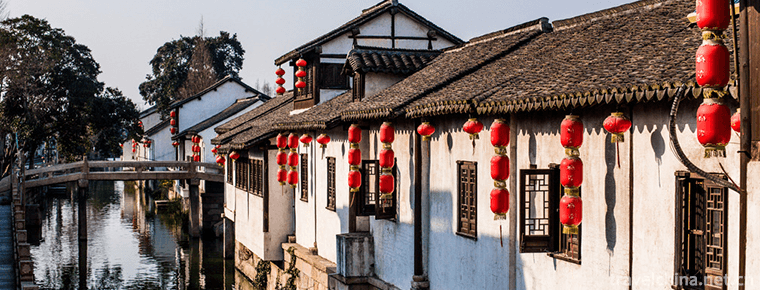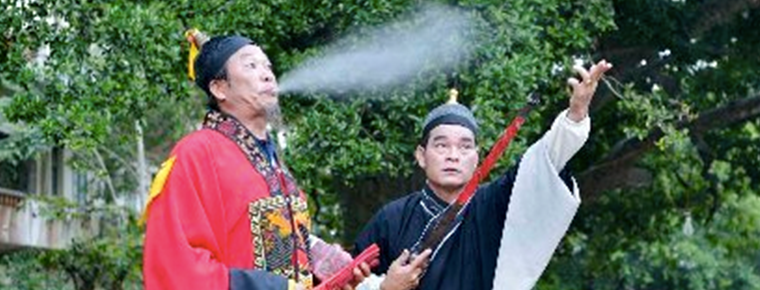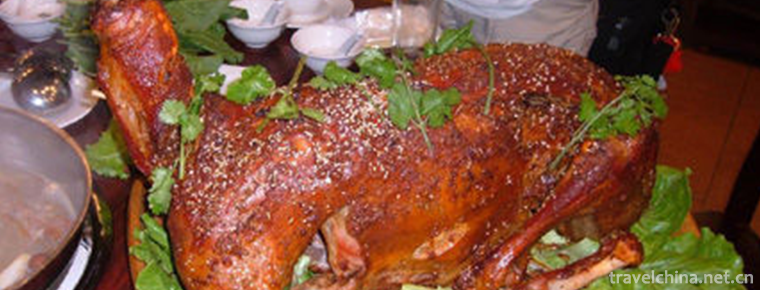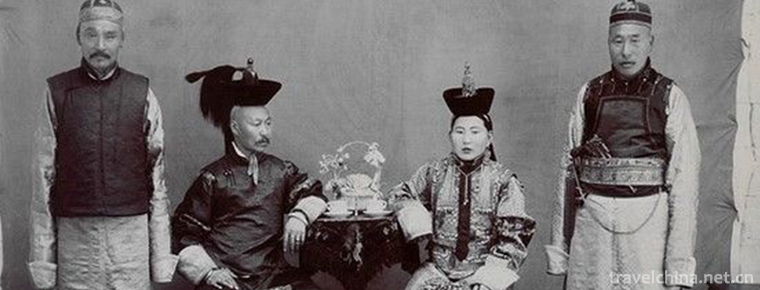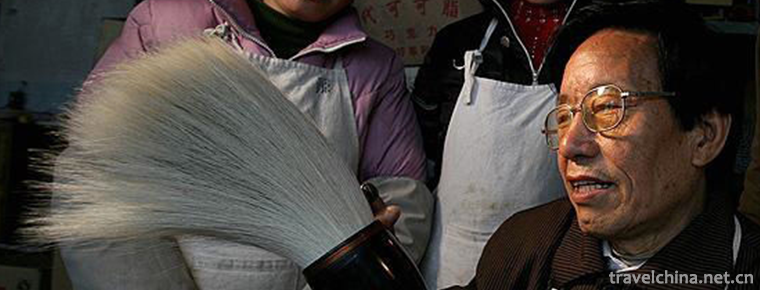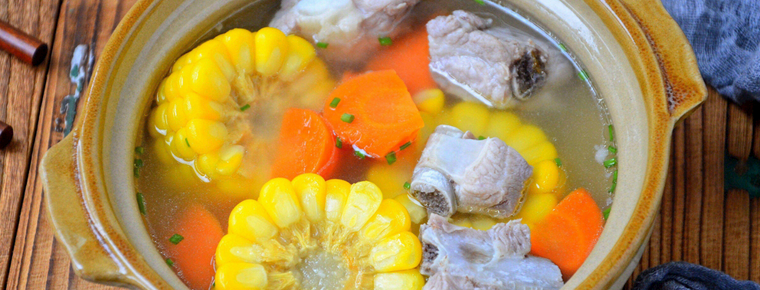Zepkin Lake Yang National Forest Park
Zepujin Lake Poplar National Forest Park is located 36 kilometers southwest of Zepu County in Yasidun Forest Farm. It is located on the upper edge of the Yerqiang River alluvial fan. The scenic area covers an area of 40,000 mu, and the natural Populus euphratica forest covers an area of up to 20,000 mu. In the distance is the majestic Kunlun Mountains, where the tributaries of the Yerqiang River rush through the park, and the snowy Kunlun and Yerqiang together breed this magical land.
In 2003, it was awarded National Forest Park, in 2005 it was awarded National AAA Tourist Scenic Spot, and in 2011 it was awarded National AAAA Tourist Scenic Spot. In 2013, it was awarded the national AAAAA level tourist scenic spot.
In Jinhu Poplar National Forest Park, the vast natural Populus euphratica forest and the open Yerqiang River and the flat and barren Gobi Beach on both sides of the river form a unique natural landscape.
Development history
By 2012, the total investment of Jinhu Yang National Forest Park was 123 million yuan, and the infrastructure of Jinhu Yangchangshou Folk Culture Village, Sacred Tree Tea Bar, Educated Youth Courtyard, Racing Ground, Swimming Pool, Artificial Lake, Scenic Platform, Parking lot, Telecom Tower, Fishing Garden, Valentine's Park, Huxinting Pavilion, Corridor, Hundred Bird Birds Park, Shanji Recycling Breeding, Tourist Center and Multi-function Reception Hall were built. A new pattern of tourism, which integrates aquatic entertainment, ethnic customs, pastoral scenery and forest ecology.
In 2007, 50 million yuan was invested in the construction of Jinsuo Bridge, Yinsuoqiao Bridge, Resort Hotel, Racecourse, Fishing Park, Eco-swimming Pool and Shazao Corridor in Jinhu Yang National Forest Park and other attractions and recreational facilities, which set the tone of modern life for returning to nature in Jinhu Yang National Forest Park.
In 2003, it was awarded the title of national forest park. In 2005, it was listed as "AAA class scenic spot" by the National Tourism Administration.
In 2010, through various efforts to win 22.7 million yuan of central tourism infrastructure construction funds, and through Shanghai counterpart assistance, 30 million yuan of forest tourism construction funds for Jinhuyang National Forest Park infrastructure construction. At the same time, the county has accelerated the building of Fatong brand while strengthening the development of Populus euphratica resources.
In 2009, the county invested 30 million yuan to build a 1,000 mu Fatong ecological theme park. At present, Fatong ecological park is actively declaring the title of provincial forest park.
natural resources
Botany
Jinhu Poplar National Forest Park has a variety of vegetation types, 489 hectares of natural forest, 76% forest coverage, a total of 27 families, 39 genera, 51 species of plants, a large number of licorice, seabuckthorn, wolfberry, dodder, ephedra, mangosteen and other medicinal plants, can be seen everywhere in the red willow and the red willow is attached to the "desert ginseng" reputation of the precious medicinal herbs - Dazhi, as well as rare and delicious. Poplar mushroom.
(1) Natural Huchang: Populus euphratica belongs to Populus salicidae. It is a deciduous perennial tree. Its root system is quite developed. As long as the groundwater level is not less than four meters, it can survive well. Populus euphratica is known as "living fossil" because of its treelike ancient vigor, peculiarity and vicissitudes of life. Song Polu, a Qing Dynasty poet, once wrote "Hu Tongxing" (Hu Tong is a nickname for Populus euphratica): "You can't see the ancient northern road of Erlin, Hu Tong has thousands of trees. Jiaoke joins Ye Wanling to hide, raising the sky and lowering the ground. Correct as dragon and snake changes, squatting like a male tiger from the high hill, playing like a god fox dropping nine tails, ruthless as medicine forks, teeth and claws.... There are 4.6 square kilometers of natural Populus euphratica forest in the park, which is well protected. Standing on the river platform, the overall landscape of Populus euphratica forest is quite spectacular. Spring and summer are green, while autumn is golden and brilliant. It is interesting to contrast with the lake water, so it is called "golden Lake poplar". Located about 200 meters northeast of the forest farm, there is a Populus euphratica with a height of 10.05 meters and a diameter of 1.2 meters at breast height. It has been identified as a male with a growth history of thousands of years. Its tree age, great trunk and vigorous life are rare in Yerqiang River Basin and even in Northwest China. It confirms the legend of Populus euphratica's immortality for thousands of years and is known as "King of Populus euphratica".
(2) Hongliutan: There are 12 hectares of red willow growing naturally by Yeerqiang River on the Northeast Road of the park. It is red, purple, pink and green in blooming season, with colorful clouds. It is closely related to river water and Populus euphratica, and has good landscape ornamental value.
(3) Plantation: Poplar is the main plantation in the park, dodder, licorice, ephedra, wolfberry, mandala and other medicinal plants are widely cultivated. Dazhi, a precious medicinal material known as "desert ginseng", is a specialty of forest farms.
Animal
Wildlife is also very rich, the main wildlife are wild ducks, hares, pheasants, swallows, crows, blackbirds, Daisheng, woodpeckers, turtledoves, cuckoos, kingfishers, yellow Europe, larks, owls and so on. There are artificial fish ponds in which carp, grass carp, crucian carp, silver carp and other fish can be fished, played and tasted by tourists; the second-level protected animals of the state are white belly, black woodpecker, turtledove, kingfisher, Falcon and owl; the third-level protected animals of the state are green-headed duck; the second-level protected animals of the autonomous region are black lark, Daisheng, Needle-tailed duck; and ring pheasant, swallow, crow. Wildlife such as blackbird, cuckoo and yellow gull.
water
The Yerqiang River, one of Xinjiang's mother rivers, runs through the scenic area. Yerqiang, Uygur, means "a place with wide land". The Yerkang River is one of the four sources of the Tarim River, with a total length of 970 km. It originates from the Karakoram Pass in the Karakoram Mountains in northern Kashmir. The Yerqiang River has a wide water area, abundant water and clear water quality. It is divided into two parts by the Kaqun diversion hub of the Yerqiang River. It flows around the scenic area and forms a unique landscape of Populus euphratica forest on two rivers and one island. Because the water of Yehe River originated in Kunlun Mountains, which contains many minerals beneficial to human body, it is called mineral water. The swimming pool in the scenic area is the snowwater of Kunlun Mountains. Locals call it: soaking in forest oxygen bar, bathing in mineral spring fragrance. After swimming, the whole body is refreshing and fragrant.
geographical environment
position
Jinhu Yang National Forest Park is located 36 kilometers southwest of Zepu County in Yasdun Forest Farm, located in the upper edge of the Yerkang River alluvial fan.
climate
Jinhu Yang National Forest Park is a typical warm temperate extremely arid climate zone with abundant light and heat resources, scarce rainfall, dry climate and large temperature difference. The annual average temperature is 11.4 C, the extreme maximum temperature is 38.8 C, the extreme minimum temperature is 23.0 C, and the temperature difference between day and night is about 15 C. The accumulated temperature (> 10 C) ranges from 3800 to 4100 C. The average annual precipitation is 49.0 mm and the average annual evaporation is 2228.2 mm. The average annual sunshine duration is 2659.7 hours and the frost-free period is 214 days.
Tourism information
traffic
At Zepu County Passenger Station, you can get to Dajinhu Yang National Forest Park by bus bound for "Jinhuyang".
Admission ticket
Scenic Spot Opening Time: 10:00-20:00
Children's tickets: 1.2-1.5 meters tall, 10 yuan for children's tickets, 1.2 meters or less free of tickets
Old people's tickets over 60 years old buy old people's tickets for 10 yuan with old people's card, and other relevant documents offer a discount of 10 yuan per person.
Tips
There is no bus within one kilometer of the ticket office of Zepkin Lake Yang National Forest Park.
There is no bus within one kilometer of the ticket office of Zepkin Lake Yang National Forest Park.
Shopping
Kashgar area is famous for its handicraft products, which not only have a variety of types, but also have unique national characteristics. For example, beautiful and comfortable carpets, various flower caps, simple and elegant earthenware, exquisite jewelry, exquisite and chic Yingjisha knife, gorgeous and bright Adlais silk, economical and practical wooden pattern color printed cloth and various national musical instruments are popular souvenirs for tourists at home and abroad.
Kashgar is known as the "fruit town". Figs, seabuckthorns, pistachios, Jiashigua, Padanmu, pears, apricots, grapes, peaches, mulberries, pomegranates and walnuts are all well-known for a long time, especially those produced in Yecheng, the "town of pomegranates", which is also well-known throughout the country.
There are many shopping places in Kashgar. Among them, the square of the Aitigaer Mosque, known as the "City Living Room", is surrounded by the ancient Bazaar, which is the most famous tourist shopping street in Kashgar. The shops in the shopping street fully reflect the Uygur residential buildings through the use of plaster decorations, paintings, wood carvings, sanded bricks and wooden window lattices through the use of columns, corridors and railings. Style; a variety of handicrafts, ethnic snacks and so on are also gathered here.
Restaurant
Kashgar-style snacks are a group of exotic flowers with
strong national characteristics and local flavor in Chinese restaurants.
Kashgar's delicious snacks are exquisite in workmanship, simple and unadorned,
with both the main and the auxiliary, rich in nutrition, economical and convenient
to eat. Especially the unique Roast Whole sheep, roast lamb kebabs, steamed
buns, grabbing rice, ramen, oil tower, steamed buns, steamed buns, koji, roast
fish, dough lung and sausage, etc., have a good reputation and are deeply loved
and appreciated by tourists at home and abroad. In addition, there are also
such things as mutton, heart, liver, head and hoof, which are delicious and
fragrant. These are the best food in Uygur diet culture. The most famous Muslim
restaurant in Kashgar is the Tea Garden Hotel on People's West Road, where
there is a national song and dance performance in the evening. There are
Chinese restaurants along Jiefang South Road, among which Wu's canned fragrance
is very distinctive.
Stewed sheep's head and hoof
Stewed sheep's head and hooves are the most primitive snacks of Uygur and other nationalities. It is very simple to make, take fresh sheep's head and hooves, roast all wool, scrape and wash clean, remove the horns and hooves, put into the pot without any seasoning until the meat can be boiled to the bone. Then take it out, cool it to the skin, dip it in salt and eat it.
Stewed Lamb
Stewed mutton is a traditional famous food of Kashgar ethnic minorities and a delicacy for festivals and guests. The meat is tender and delicious. The method is to chop fresh mutton into large pieces, stew it in a pot, remove foam after boiling water, put only salt and onions, and then cook it. Especially stewed lamb, tender and delicious, is the top grade of hospitality.
Hollowware Vegetables
Braised vegetable, Uygur called Kuldak, is a kind of dish used for entertaining guests on Kashgar Uygur wedding and festival. It is delicious, fat but not greasy, full of fragrance and rich in color. The method is to cut the flesh and bones into small pieces, cut potatoes and carrots, and slice onions for reserve. Heat oil in the pan, stir-fry mutton till half-cooked, add onion, salt and other condiments, then add carrots and potatoes, stir-fry until seven ripe, pour in appropriate amount of water, stew slowly with gentle fire, and eat after cooked.
Roast fish
Roast fish is a traditional snack in Kashgar, especially in Bachu County. It is tender and not fishy, crisp and delicious, with a unique flavor. The method is to wash some fresh and live fish, cut them thoroughly from the abdomen and support them into two pieces. Use a few chopsticks to cross the skin, then use a slightly thicker stick about 20 centimeters longer than the fish to penetrate the skin vertically along the ridge, then insert the fish into the ground in a semi-circular order, and then put the dried wood in the semi-circular to light and bake. Sprinkle salt water, pepper noodles, cumin powder and other condiments on the side of the fish. Bake one side first, then the other side.
Rice intestines
After slaughtering sheep, the sheep's internal organs were removed completely, and the sheep intestines were washed repeatedly with clean water until white. The sheep liver, heart and a small amount of intestinal oil were cut into small pieces, and a proper amount of pepper, fennel powder, salt and washed rice were mixed and evenly filled into the sheep intestines. Then wash the mutton with rice sausage and roll a little pepper powder into the pan with the gluten tied with rope. When boiling, when the rice in the intestine is half-cooked, braze the intestinal wall to let out air and water, so as to prevent the intestinal wall from bursting. After ripening, take it out and cut it into segments or blocks. It can be eaten hot or slightly cold.
Facial lung
It is to stir the white flour into flour, then take the belly cover on the lungs and trachea, scoop out the paste and pour it into the belly, squeeze it into the lung lobe. Then squeeze a little salt, clear oil, fennel powder and chili powder into the lung lobe by the above method, then go to the stomach, tie the trachea with a rope to seal. Then wash the mutton with rice noodles and lungs, and cook the gluten with a little chili powder rolled into the pot. Take it out after ripening and cut it into segments or blocks. It can be eaten hot or slightly cold.
Bus: Kashgar Airport is located 10 kilometers north of Kashgar City. Airport shuttle bus and No. 2 bus can be used to travel between the airport and the urban area. Kashgar Railway Station is the terminal of South Xinjiang Railway. It is about 5 kilometers away from the city center. There are trains to Urumqi every day. Highway: Kashgar Highway has convenient transportation, as well as long-distance buses to Dunhuang, Golmud, Ali, Pakistan and Tajikistan. Yecheng is a transportation hub in Southern Xinjiang and a necessary place to travel from Xinjiang to Tibet. Traffic in the city: In Kashgar, there are many buses in the People's Square leading to all parts of the city.
Self-driving: Urumqi Tuwu Expressway 314 National Road 215 Provincial Road 315 National Road Beixinjie Zepu County.
Kashgar is a warm temperate continental arid climate with complex topography and large climate differences. Four seasons are distinct, summer is long and winter is short; summer is not very hot, winter is not cold. The average annual temperature is 11.80 C. Every year in August and September, the climate is mild and melons and fruits are ripe. It is very suitable for sightseeing and vacation.




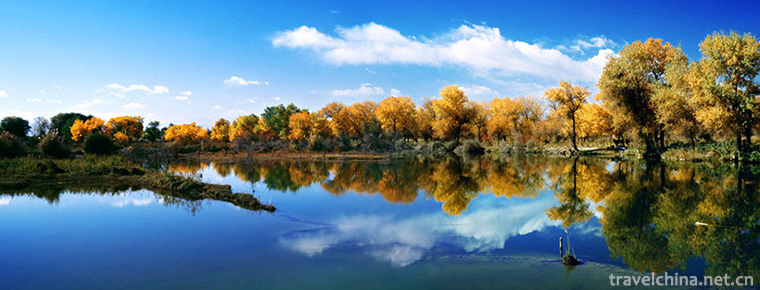
-
Wulong Karst Tourist Area Movie Transformers Place
Wulong Karst Tourist Area is located in Wulong District of Chongqing City. It has rare natural karst landscape, including karst caves, Tiankeng, ground crevices, canyons, peaks, alpine grasslands, etc.
Views: 223 Time 2018-12-12 -
Oriental Giant Turtle Garden
Located on the East Bank of Yehe River in Pingshan County, Hebei Province, the Oriental Giant Turtle Garden is near Xibaipo, a sacred revolutionary site, 35 kilometers east of Shijiazhuang.
Views: 110 Time 2018-12-20 -
fengjing ancient town
Fengjing Ancient Town, which belongs to Jinshan District of Shanghai, is located in the southwest of Shanghai and borders five districts and counties of Shanghai and Zhejiang. It is the most important.
Views: 113 Time 2019-01-12 -
Hainan Zhai Opera
Hainan Zhai Opera is a traditional sacrificial ritual drama in Hainan Province. It is similar to the Nuo Opera in northern China. It is known as "Nuo Opera in the north.
Views: 209 Time 2019-05-02 -
Cooking Techniques of Beef and Mutton
Strict raw materials for roasting whole sheep should be two-year-old lambs. Paste made of egg yolk, salt, cumin, pepper, flour, etc. will be applied to the whole sheep after treatment, and the head of.
Views: 308 Time 2019-06-08 -
Tauk Taohu
Tao Ketaohu (May 13, 1864-April 1922), also translated as "Tao Ketao", Fuer Zhijin, Mongolian, the former Banner of Guoerros in Zhelimu League, Mongolian subordinate aristocrat of Nezhazazak.
Views: 97 Time 2019-06-18 -
Legend of Xishi
Xishi is the first of the four beautiful women in ancient China. The legend about Xishi was born at the end of Spring and Autumn Period, and has been enriched ever since. Xishi legend takes the war be.
Views: 160 Time 2019-07-01 -
Xuanbi Production Skills
Xuanbi has a long history. Originated in the Qin Dynasty, it flourished in the Tang and Song Dynasties. At the end of Song Dynasty and the beginning of Yuan Dynasty, there were frequent wars, and the .
Views: 143 Time 2019-07-09 -
Yao an Bazi Cavity
On June 7, 2008, Yao'an Baziqiang, declared by Yao'an County, Yunnan Province, was listed in the second batch of national intangible cultural heritage list with the approval of the State Council. Heri.
Views: 312 Time 2019-07-11 -
Corn and sparerib soup
Corn and spareribs soup is a tonic soup, the main ingredients are corn and spareribs, the main cooking technology is stew. Corn can reduce the blood cholesterol concentration and prevent it from depos.
Views: 329 Time 2020-03-16 -
Suining City honor
Seven Star City of public welfare and charity in China.
Views: 358 Time 2020-12-16 -
Guangan hydrology
There are two main streams of Jialing River and Qujiang River in Guang'an City. There are more than 700 large and small rivers and streams. There are 35 primary and secondary tributaries with a drainage area of more than 50 square kilometers. Among the.
Views: 326 Time 2020-12-19
